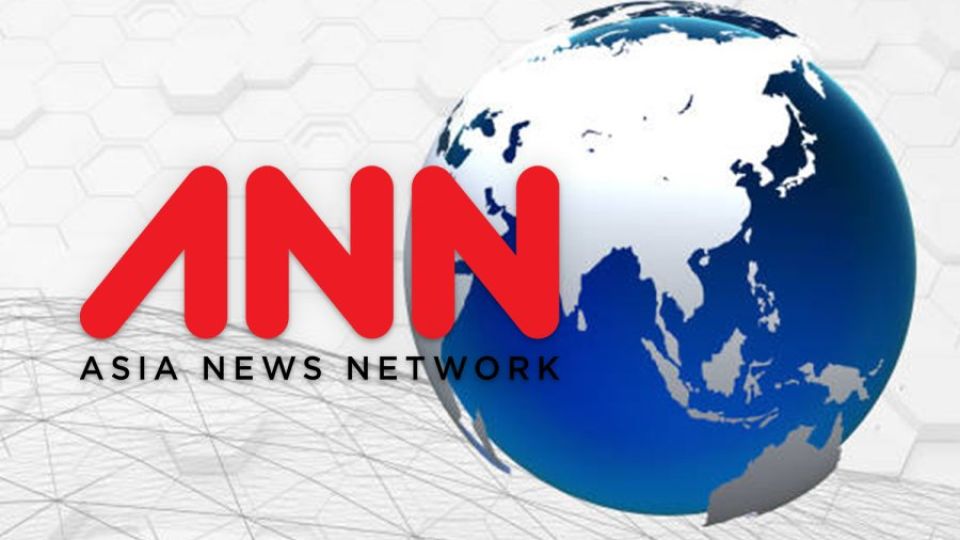February 5, 2024
PHNOM PENH – Over the past few years, North Korea has significantly expanded its nuclear arsenal and missile capabilities through repeated tests and demonstrations of new weapons.
North Korea keeps firing missiles and has conducted a flurry of missile tests in recent years, including its newest Intercontinental Ballistic Missile (ICBM) in 2023, a new-generation cruise missile, and a nuclear-capable underwater drone in January 2024, which is capable of striking coastal targets and reaching the US mainland.
These provocative actions demonstrate advancements in Pyongyang’s capabilities, raise concerns about potential nuclear weaponisation, undermine regional security and violate international law.
North Korea’s growing nuclear and missile threat directly endangers nearby countries like South Korea and Japan. With North Korea’s short and medium-range ballistic missiles able to reach major population centres, the lives of millions are at risk. This gives Pyongyang greater coercive power over its neighbours to influence their policies.
The South Korean and Japanese populations now would live under the constant threat of a potential nuclear attack.
Moreover, North Korea’s long-range missile tests display its ability to deploy nuclear warheads as far as North America eventually. This has compelled the US and its allies to consider ramping up their own military readiness and missile defence preparedness.
This also fosters regional countries facing pressures for increased military spending and arms racing, particularly South Korea and Japan, which would consider developing nuclear weapons for self-defence.
Beyond neighbouring countries, ASEAN are also adversely impacted by North Korea’s actions. The prospects of conflict on the Korean Peninsula would have strong economic ripple effects across ASEAN member states. There could be market volatility, trade disruptions with regional partners and interruptions to global supply chains. In addition, any instability would have a significant impact on the security of the Southeast Asian bloc.
Additionally, North Korea’s nuclear weapons development exacerbates proliferation risks and boosts the chances of nuclear terrorism in Southeast Asia. Weapons or nuclear materials could be sold to non-state actors and smuggled through the region’s porous borders.
Lax monitoring of dual-use nuclear technologies has already enabled past proliferation networks. As North Korea expands its arsenal, the likelihood of more illicit nuclear trade will grow as well.
To mitigate the North Korean nuclear threat, regional policymakers have several options. First and foremost, sanctions must be maintained and strictly enforced to constrain North Korea’s nuke programmes. However, sanctions alone have not curbed its nuclear ambitions so far. Complementary and collective approaches are essential.
Secondly, diplomatic engagement could help ease tensions and build trust to pave the way for arms control talks. Creative negotiating solutions that address North Korean security concerns without accepting nuclear weapons as fait accompli should be considered. Offering economic incentives like sanctions relief and investment in Special Economic Zones could also convince Pyongyang to cooperate.
Thirdly, multilateral security mechanisms like the dormant Six-Party Talks may provide platforms for negotiating constraints on North Korea’s arsenal and formalising non-proliferation commitments. With this, ASEAN could share lessons from its peacebuilding efforts to support North Korea’s de-escalation mechanisms.
Finally, advancing denuclearisation will require collective pressure on North Korea from its main partners, including China and Russia. Neighbouring states and ASEAN should urge Beijing and Moscow to exert their unique leverage for restraining North Korean provocations and bringing Pyongyang back to the negotiating table.
In summary, North Korea’s intensifying nuclear and missile activities pose a growing threat to global, regional, and particularly ASEAN.
While deterrence through regional alliances remains essential, proactive diplomacy and coordinated international policy are needed to change Pyongyang’s calculations. Regional players can work to reduce the nuclear threat posed by North Korea to establish greater stability and peace throughout the region and in ASEAN by implementing a well-balanced strategy of engagement and pressure.


